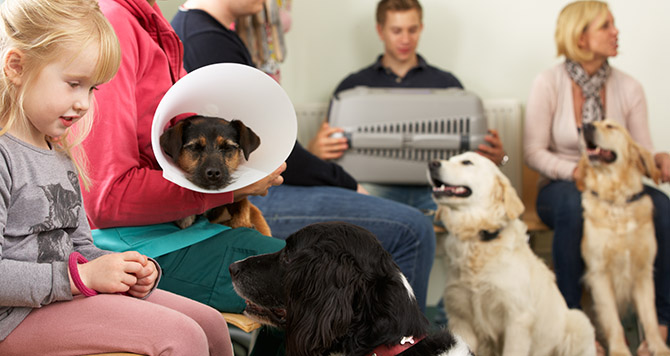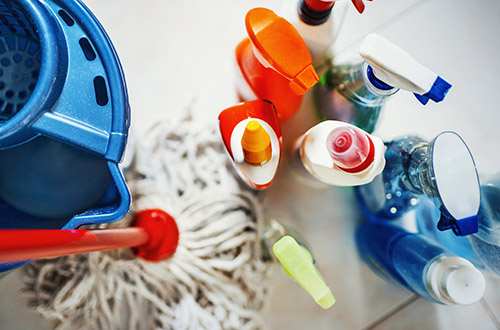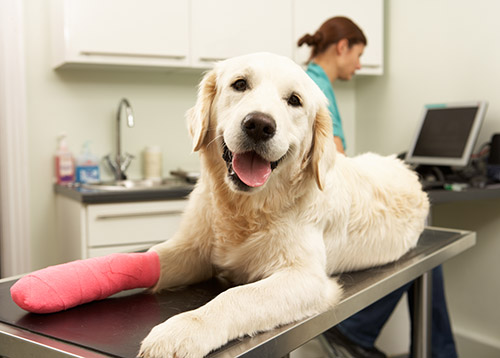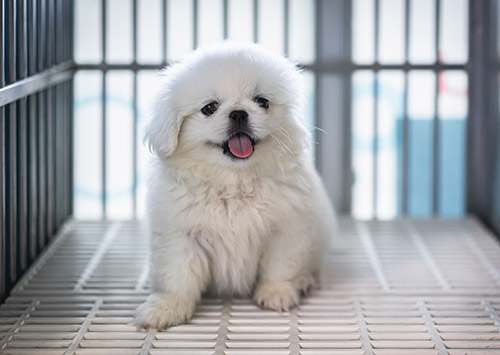
It’s important to have strong veterinary cleaning protocols in order to protect the health and wellness of the pets receiving treatment at your animal care facility. From simple check-ups to surgeries and beyond, there are countless opportunities for illness and infection unless your facilities are kept clean and disinfected.

But is a single cleaning protocol enough to cover every aspect of your animal care facility? Can you follow the same standards of disinfection and sanitization for your treatment rooms and surgical theaters as you do for your kennels or waiting rooms? Are there even vet cleaning products that can be applied to all aspects of your offices? Here’s what you need to know.
Cleaning Protocol for the Vet Waiting Room
There are some places in your facility that generally receive more human traffic than animal. Places like your hallways, computer workstations, and reception areas do need to be cleaned thoroughly, but when it comes to keeping these areas disinfected, daily sanitizing is often thought to be overkill. It is not. Your human areas should be as clean as your animal areas.
Cleaning Protocol for Vet Treatment Room, Radiology, and Lab

Any area where a sick or potentially sick animal is going to be treated or examined need much more strict disinfection protocols than places like waiting rooms and reception areas. This is even more important whenever you’re dealing with a particularly infectious case, such as parvo, and it’s important to use veterinary cleaning supplies that have a strong sanitizing and sterilizing capability.
Cleaning Protocol for Kennels
If you’re boarding healthy animals in kennels or cages, or if you have animal patients that aren’t suffering from an infectious disease, spot cleaning is usually enough to keep your kennels in good shape as long as the same animal is occupying the same cage. Between animals, or if you are changing cages, you should fully clean and disinfect to avoid infection. When cleaning, begin with the healthiest animals first and work your way through sick animals, leaving the isolation ward for last. Using different cleaning equipment for each area can help further avoid cross-contamination.
Cleaning Protocol for the Vet Surgical Suite
Vet surgical suites require the most stringent sanitation and sterilization protocols. This includes not just disinfecting hard surfaces but also decluttering these spaces as much as possible. Removing anything that isn’t absolutely required to be on there not only makes cleaning less difficult but also reduces the number of surfaces that could be contaminated. Paperwork, wall posters, desks, chairs, tables – the fewer things in the room, the easier it will be to maintain a sterile environment.
The Last Word on Veterinary Cleaning Protocols

Having a well-developed and adaptive cleaning protocol for your vet facility is ideal for keeping your patients safe and healthy while being treated. When combined with the right vet cleaning supplies that have strong cleaning and disinfecting properties, your cleaning protocols will help keep pets and their owners happy and healthy for years to come.